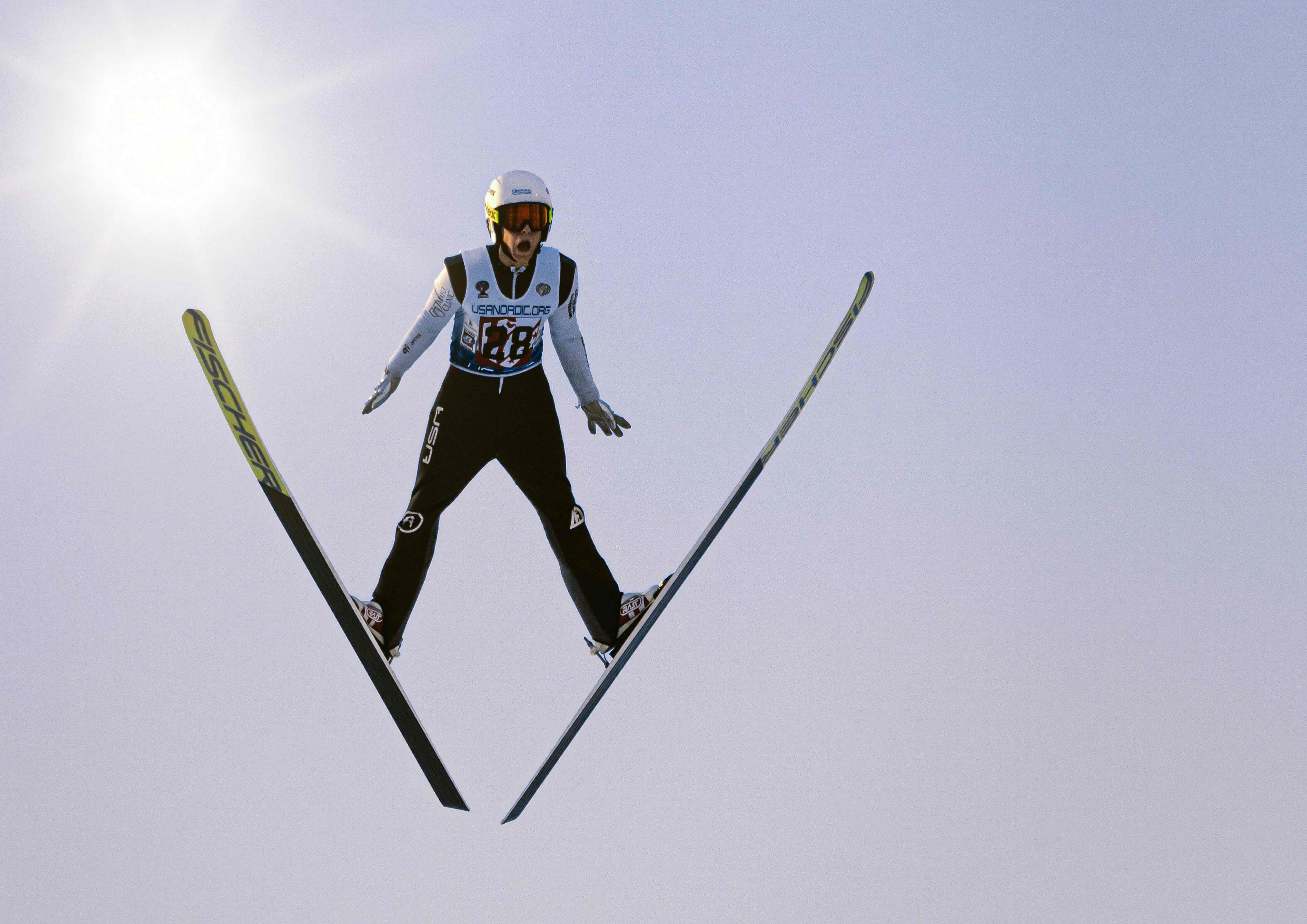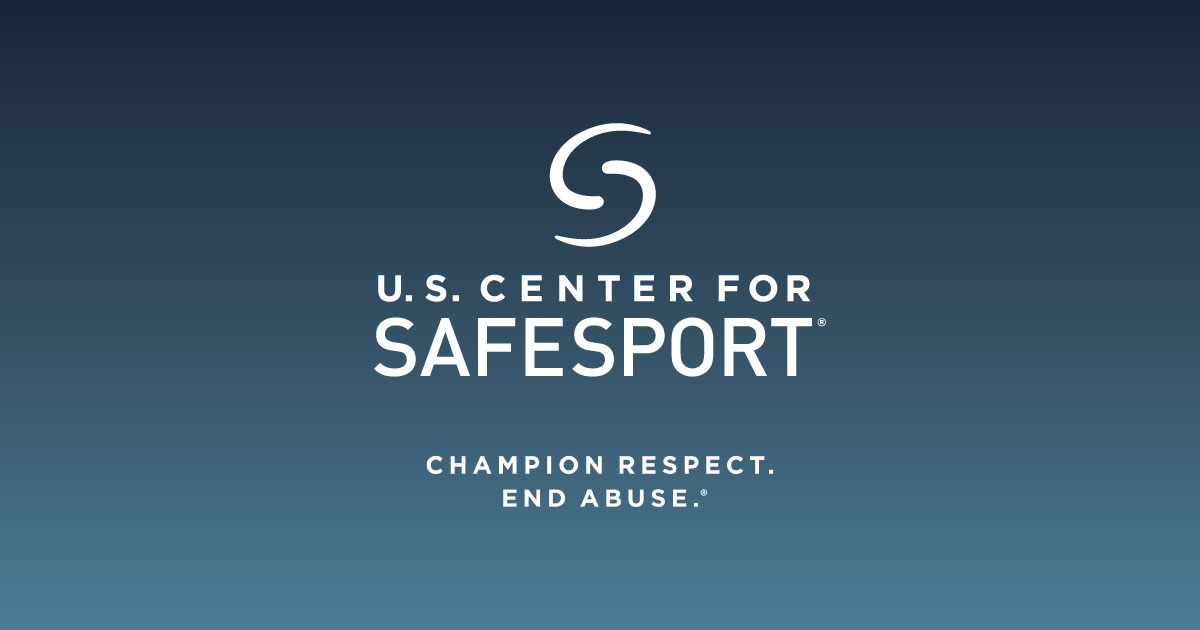.png)
The Importance of Pledging Safety to Athletes
#WeRideTogether created the Coach Athlete Pledge as a tool for upholding the highest standards of intentional integrity in sports. Over several months, the pledge was drafted in conjunction with Darkness to Light, a non-profit organization that empowers adults to prevent child sexual abuse, to ensure the safety of both coaches and athletes. The following is an explanation of each of the ten points that make up the pledge and how they are essential to coach and athlete safety:
1. I will always endeavor to have another adult in the visual vicinity, or two minors present during any interaction with a minor.
Observable and interruptible actions are crucial to athlete safety. Perpetrators of abuse look for ways to isolate victims. By remaining in the eyesight of others, adults protect athletes from isolated interactions, thus reducing the risk of abuse.
2. I will ensure that my communication with youth is appropriate and will not comment on the minor’s body, discuss sexually explicit activities, describe adult-themed relationships, require minors to keep secrets, or threaten a child.
Perpetrators will often use inappropriate language as a way to groom an athlete. Grooming is the gradual process of methodically manipulating an athlete’s boundaries and coercing them into engaging in sexual activity. Pledging to use appropriate language not only protects athletes by reducing the risk of grooming but also sets a standard for your team that individuals speak respectfully and expect respectful language in return.
3. I will ensure that all physical contact with youth will be communicated with respect, will be performed in the sight of others, and will be sport appropriate.
Physical contact can be useful in helping an athlete to better perform their sporting role. However, touch should be observable by other adults, the athlete should have control over the manner and duration of the touch, and it should not be inappropriate or sexually motivated. It is best practice to ask the athlete’s permission before touching them and making sure that you have clearly explained the purpose of the touch.
4. If I see a child’s boundaries being crossed by another adult, I will intervene by describing the behavior, setting a limit, and moving on.
When you describe an inappropriate behavior, you identify what another adult is doing wrong or what boundary is being crossed. Setting a limit reinforces the athlete’s boundaries, and moving on means seeing the adult adopt a better solution. If this does not occur, the athlete may need to be removed to a safer environment and further action taken. Bystanders are essential in reducing risk and ensuring that athletes’ boundaries are protected. Their presence and intervention help to ensure athletes are less vulnerable to abuse. This is an important reason it is essential to have more than one adult present to observe interactions between athletes and coaches.
5. I will ensure that when traveling that chaperones will be standard practice for accompanying youth to offsite travel events.
Additional safety concerns when traveling include the transportation arrangements, the sleeping arrangements, and using guest locker rooms or facilities. These concerns can be eased with chaperones, who help ensure that those arrangements include another adult to observe interactions in those areas.
6. I promise to make it standard practice to notify a parent or caregiver when an adult is transporting youth, and when possible, will include more than one child and/or adult.
All transportation information should be communicated ahead of time and in real time to parents and caregivers. This keeps all parties up to date and holds the transporting adult accountable for the safe and timely arrival of the athlete. Including more than one adult or child in transportation helps to ensure that interactions during those trips are observable and thus safer.
7. I will ensure gifts for minors are given to the whole team, given publicly, given for specific accomplishments, or given in consultation with a parent or caregiver to encourage positive patterns of behavior between adults and youth.
Gift-giving can be a form of grooming. This is where perpetrators look for physical or emotional needs that are not fulfilled in the athlete’s life and attempt to fill that gap and establish an inappropriate relationship. Open and transparent gift-giving helps to ensure healthy boundaries.
8. I promise to follow the law and not engage in illegal or harmful activities by giving minors substances like drugs or alcohol.
In addition to being illegal, giving drugs and alcohol to a minor inhibits the athlete's safety and ability to make rational decisions. Giving an athlete drugs or alcohol can also lead to dependencies on those substances and be a tool that perpetrators use for emotional control. All of these conditions make youth more vulnerable.
9. I will ensure that training facilities are free of hidden or secluded areas by making them observable or adding barriers to restrict access.
Hidden and secluded areas pose a risk to athletes because they create more opportunities for boundary violations by perpetrators seeking to hide their behavior. Closing off any hard-to-watch areas and/or installing security measures, such as cameras, are preventative measures to help keep interactions monitored. These practices ensure that athletes are not in locations where activity can be hidden from other adults or athletes.
10. If I suspect, or witness abuse or if a youth discloses such, I commit to believing, listening, supporting, and reacting responsibly to their disclosure.
False reports are extremely rare. How you respond to an athlete who discloses abuse could have a profoundly positive impact on their recovery or could deter them from coming forward again and experiencing detrimental negative health ramifications. Reporting the abuse with proper documentation helps to hold perpetrators accountable and prevent other athletes from being abused.
Take a moment to consider the implications of this pledge. How we interact with athletes helps not only to create healthy boundaries and safe environments but also reinforces positive patterns of behavior that athletes will take into adulthood for both their personal and professional lives.
- Download the Coach Athlete Pledge
- Request a Coach Athlete Code of Conduct sign for your facility
- Download 5 Best Practices To Keep Your Team Safer
CJ Akins
Child Protection Consultant



-min.jpg)
